TIME TO LIVE
towards a sustainable future for Gävle II Studio Textures
Urban Planning and Design
KTH Royal Institute of Technology
2023
individual work


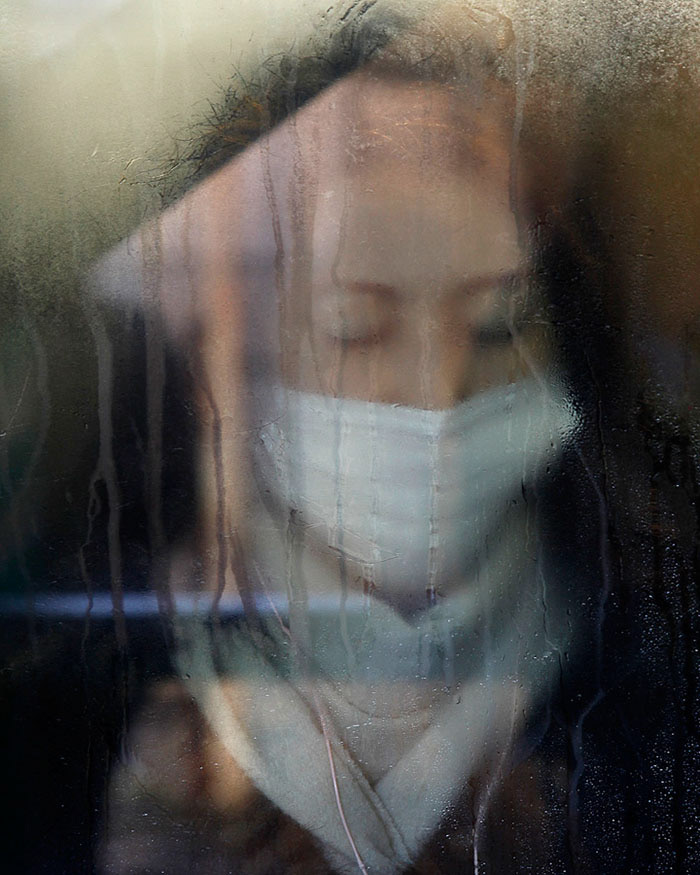



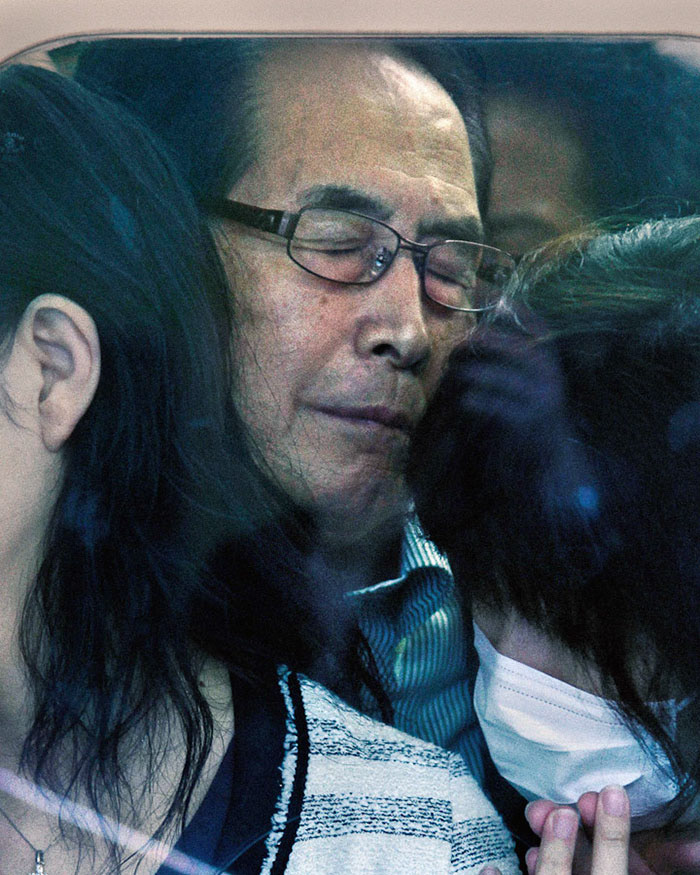




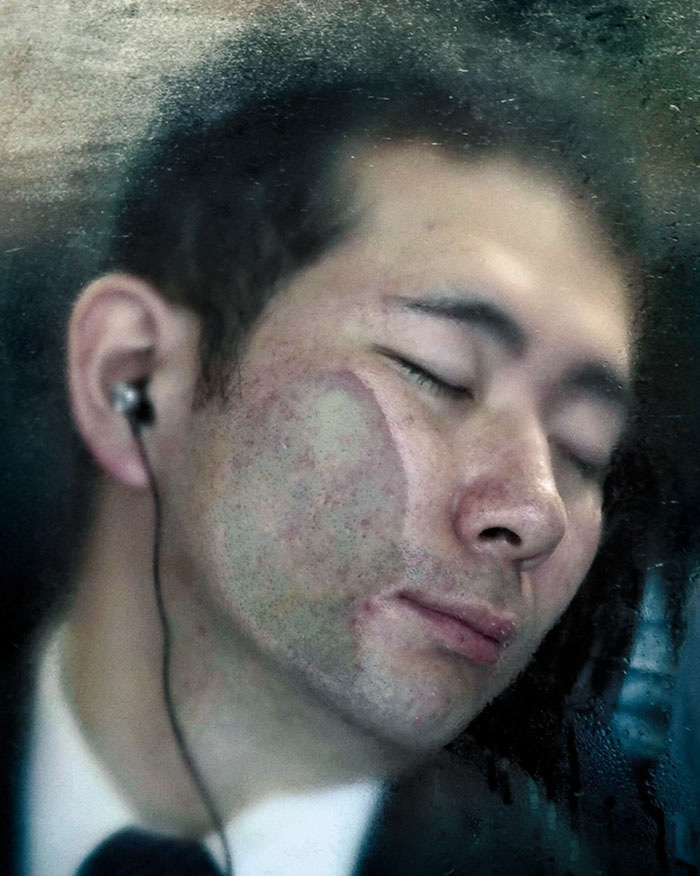






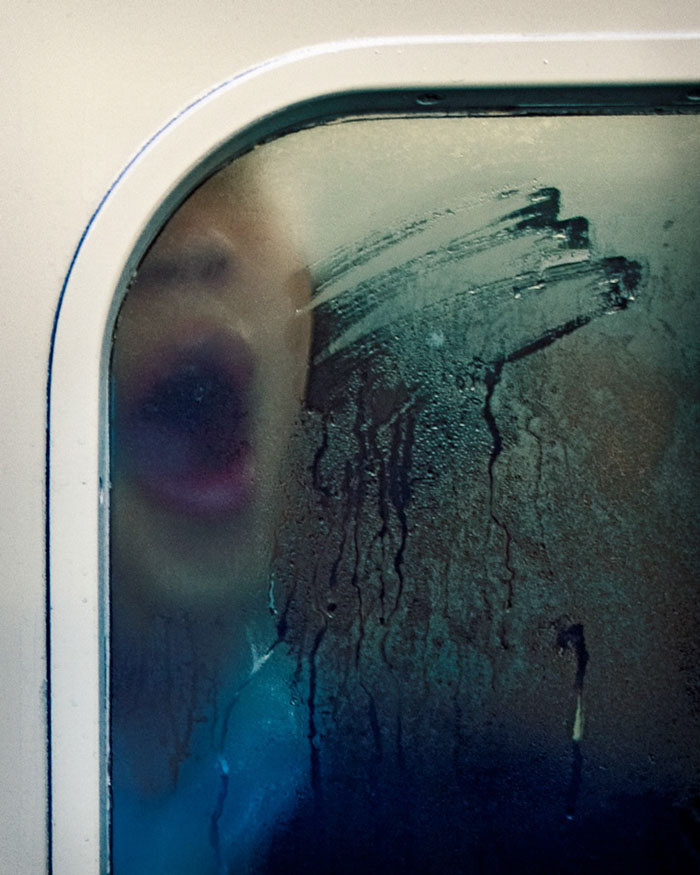



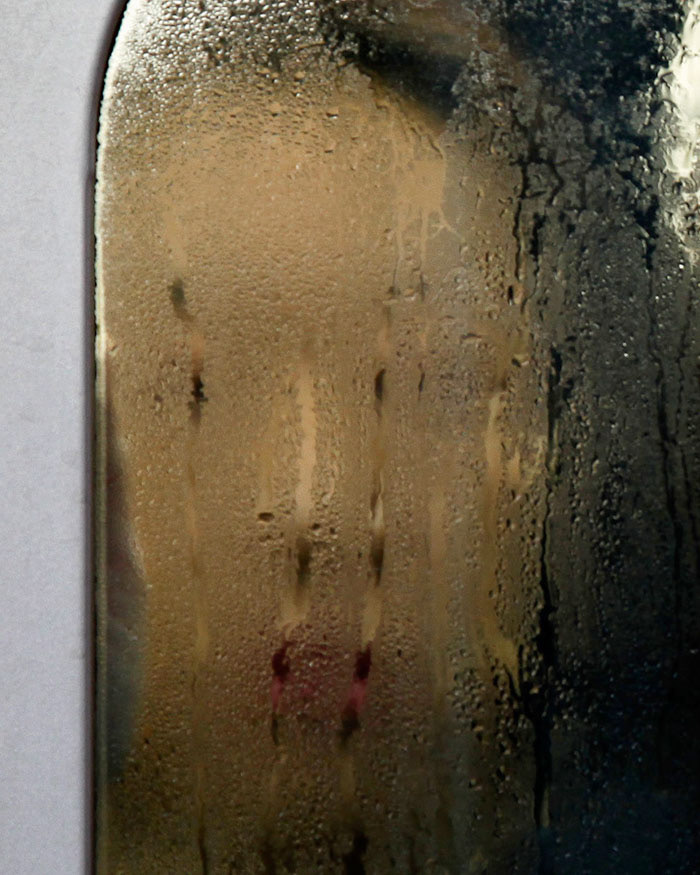



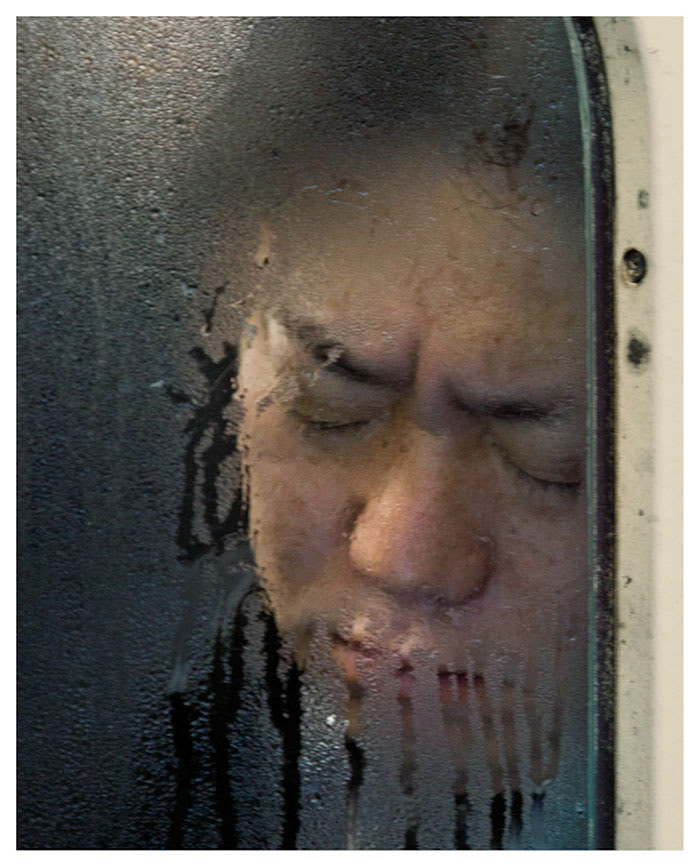





We are driven. The driving force is the measurement of time. William J. Mitchel tells the story of a world that is becoming faster and faster. A world that has become more and more networked, more effective and faster since industrialisation and rail transport.
The book MOMO by Michael Ende is about a little girl whose life changes abruptly when her friends in the poor Italian community, driven by the „grey masters“, learn to save time, become more effective and earn more money, neglecting their social life. Together with meister Hora and the turtle, she manages to bring frozen time back to life.
Michael Ende tells children that their time is precious. He points out the problems in our society. Our way of life of becoming faster and more effective is not healthy. We are driven by our own time measurement and make ourselves sick.
If we lose our sense of time, we feel unproductive, disoriented and bad. Being able to keep up is the guarantee of being socially accepted.
But we are sick. We cannot withstand this pressure much longer. In addition, we are infecting our living space and our fellow living beings. In my investigation „TIME TO LIVE“ I have dealt with the problem and aimed to design a healthy environment that can help healing.


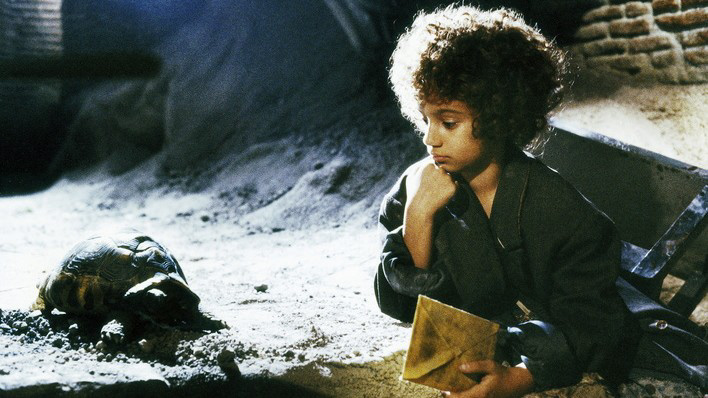
The place of the investigation was Gävle, a town north of Stockholm.
Taking part of a seminar about new research methods to analyze peoples behviour in the city by Matteo Guisti inspired me to think about design interventions that can make Gävle's inhabitants calm down, spend time in the city and feel comfortable to slow down.




I was particularly interested in the street "Södra Kungsgatan", a straight main street whihc extends the city centre on the other side of the river. Interesting was, that this street not only connects the city centre, where most of the "bad experience information!" has been conducted but is also a spatial carrier of the bad perception that many people reported.






During my fieldtrip to Gävle I analyzed the urban morphology.
Södra Kungsgatan's is built around cars. Wide, overdimensioned dead straight lanes facitlitate fast driving and enable to get from A to B with maximal efficiency. Constant noise and omnipresent lightning, living faster, saving time, working more in less hours often leads to sensory overloads. The amount of mental diseasas increased rapidly in the last decade. It seems like the whole humantiy is trapped in an ongoing cycle. What if we wouldn't take this as our destiny but would change the way we treat ourselves?
Many people would argue that our living standard would decrease due to econmical collapse. In the course of this project I asked myself wether we need to find a solution to not let this spiral collapse and find new meisurements to identify the "living standard"

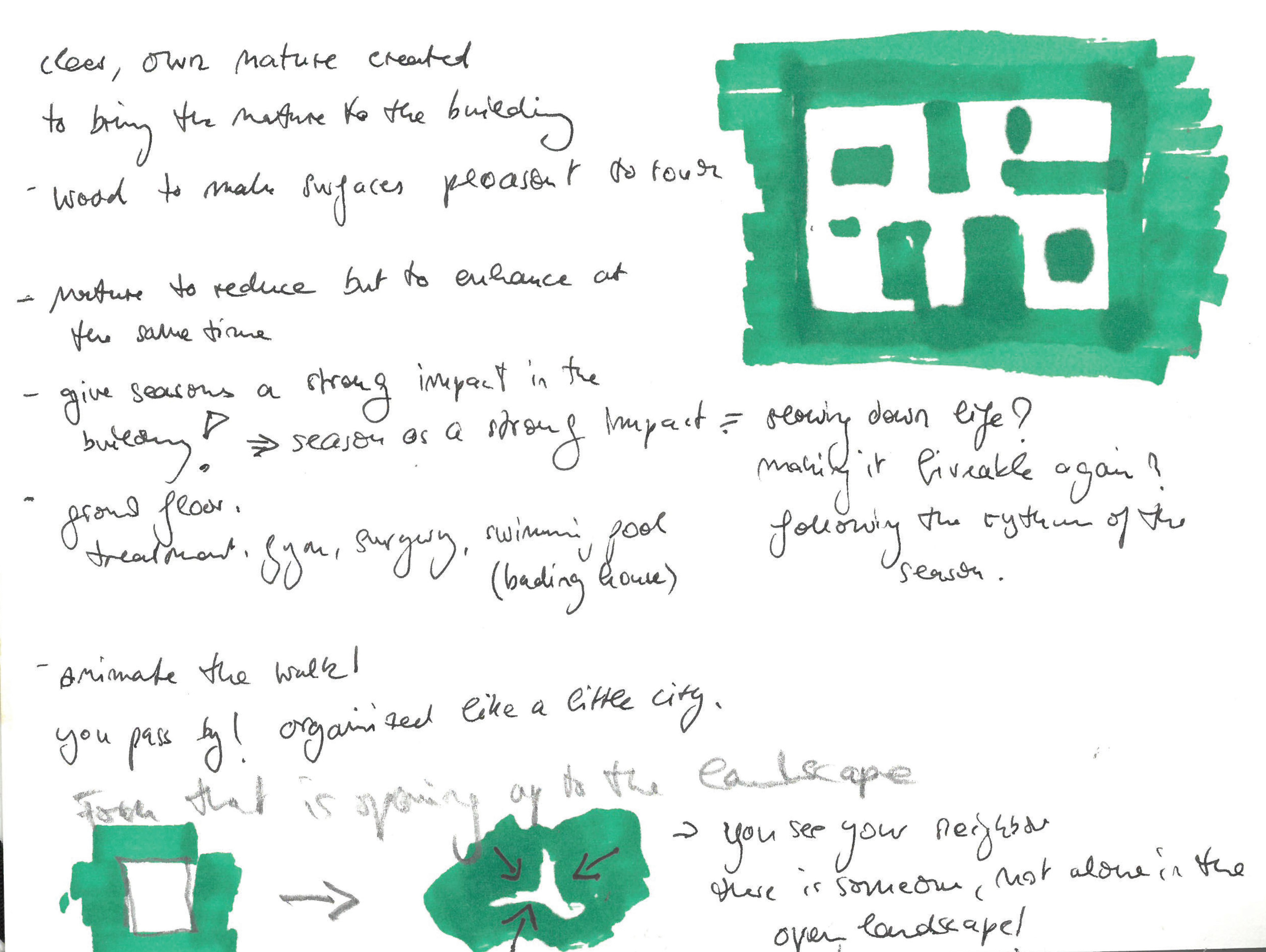





The project "time to live" is an experiment, aiming to slow down the life of Gävle's inhabitants in order to escape a spiral of unhealthy restless living.
Urban planning and design is a crucial factor which substantially shapes human perception and therefore influences our feelings, behaviour and health.
In the following I present some urban design elements which enable the process of slowing down and allow a more balanced life in the city. Spending time instead of saving time is the motto of the proposal.
Round communal houses made of wood form retreats from sensory overload. The houses have no windows on the walls. You can only see the sky through the glass roof. If standing in the middle of a round room, you can hear your own sound, which is sent back from the walls from all directions at the same speed. In the houses, we can sharpen our senses, relax and unwind or meet and socialize with others. Slowing down everyday life also means that being together will have a place in life and in society.
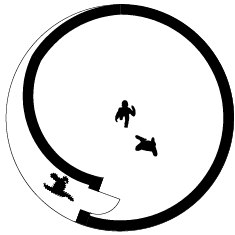





Södra Kungsgatan which is (together with Norra Kungsgatan) the main connection between the north and the south of Gävle will be transformed into a park for people. The wide streets will be unsealed and Busses will run on a two-lane meandering road through the greenery. Bike and pedestrian lanes connect the houses with public transport. Next to the river across the bridge, a labyrinth of hedges challenges the inhabitants playfully to slow down on their commute. Walking through a labyrinth demands the presence and concentration. The goal is to encourage the comuter to be in the situation and to actively experience the here and now.
Walking through a green city, seeing squirrels, listening to birds ad smelling wet gras helps activating your senses and creates a bound between the person and the environment and could lead to more self- and envornment concious activities.








